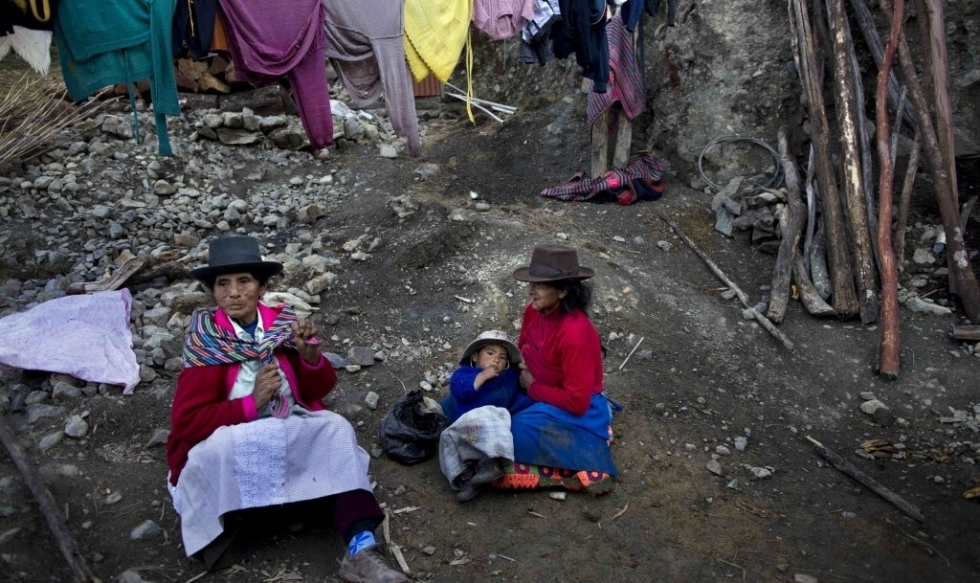RIO DE JANEIRO, BRAZIL – For 71% of Peruvians, their income is not enough to buy food and necessities, a reality burdened by the rise in inflation at the national level, which has increased by 5.12% so far this year, according to a study carried out by Datum, a polling company.
According to the survey, the income of more than 7 out of 10 Peruvians is insufficient to afford the food and beverages, which until September rose 7.16%, according to the latest report of the National Institute of Statistics and Informatics (INEI).
Read also: Check out our coverage on Peru
This response was concentrated mainly in socioeconomic sectors E (82.1%), D (76.6%), and C (70.7%), the most disadvantaged in the country, and rural areas (81.5%).

According to INEI, the average income in the country in June of this year was 1,313 soles (328 dollars), a value below that recorded in the previous year (1,556 soles, 388 dollars) and not far from the basic food basket for a family of four, which amounts to about 764 soles (191 dollars).
THE DOLLAR IN PERU
The Datum study, which was carried out between October 16 and 19 among a sample of 1,205 respondents, also shows that, for 56% of Peruvians, the prices of food and necessities have continued to rise after the fall of the dollar.
During this year, the US currency reached its maximum historical peak of 4.14 soles in Peru, where it has already accumulated a 14.4% increase after closing 2020 at 3.619 soles.
But the greenback fell back in recent weeks below four soles and was at levels similar to the days before President Pedro Castillo, who took office on July 28, came to power.
The sol began to recover in the first week of this month when Castillo decided to dismiss the ministers of the rigid wing of the Marxist Peru Libre party and to reinforce the moderate faction of the Executive, formed by independents and representatives of other leftist parties that supported him in the elections.
Despite this recent fall of the dollar in the South American country, more than half of those surveyed indicated that the prices of necessities continued to rise, which is also due to the increase in international prices.
BAD ECONOMIC SITUATION
In this sense, 26% of those surveyed indicated that the poor economic situation is the main problem Peru is currently facing, a percentage that rose 14 percentage points compared to last July when it stood at 12%.
This concern is more significant in the age groups between 25 and 34 years old (28.2%) and those between 35 and 44 (29.7%).
For this year, the Government expects the Peruvian economy to expand by 10.5%. Thus, if the projection is met, it would almost recover from the 11.12% year-on-year slump it suffered in 2020 when the country interrupted 22 consecutive years of economic growth and recorded the worst fall in the last three decades.
That year, poverty soared to 30% of the national population, setting Peru back a decade in its struggle to eliminate this scourge.

